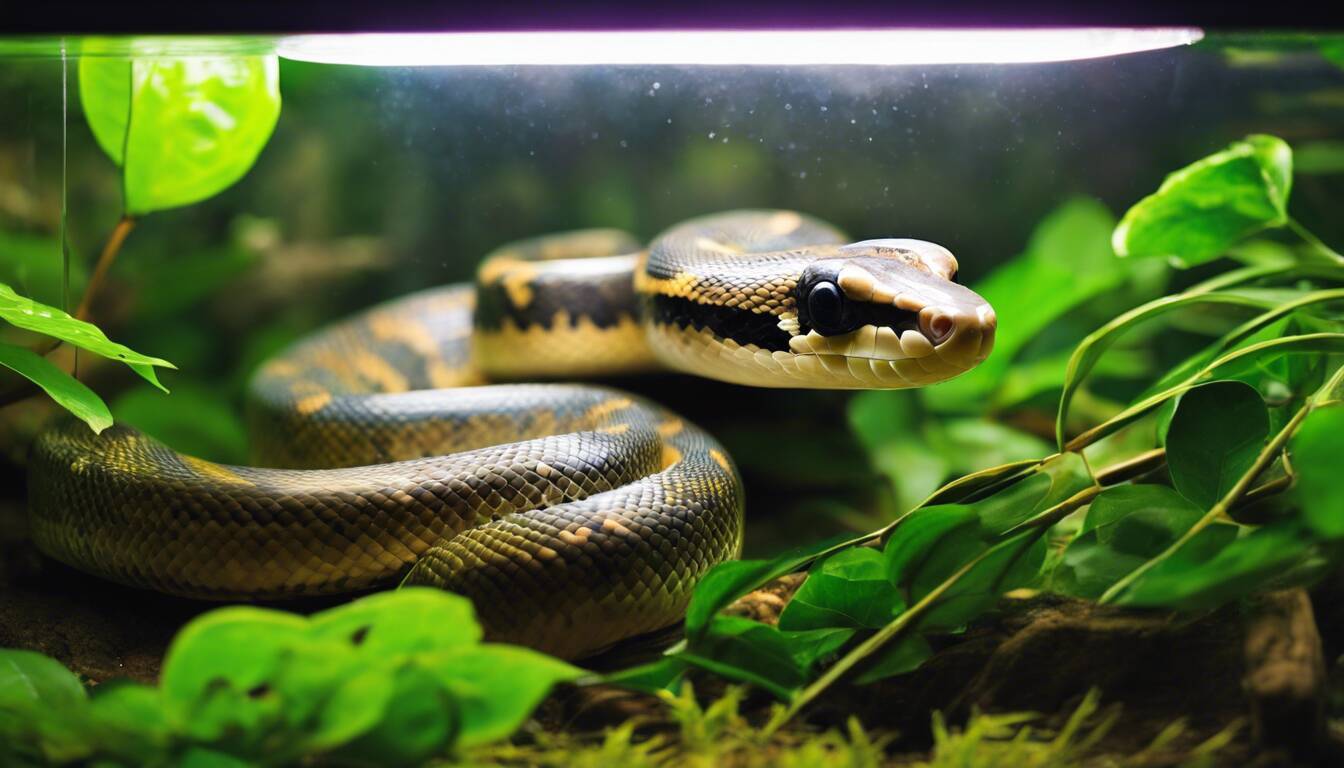The key to a happy ball python resides in the careful balance of heat and moisture. A heat gradient from roughly 90°F to 80°F allows these unique reptiles to regulate their metabolism and digest food efficiently. However, it’s not just about setting temperatures right, keeping an eye on humidity levels is similarly crucial as this creature hails from humid regions. Now, let’s dive into understanding the importance of temperature for our slithering friends.
The recommended temperature range for a ball python’s enclosure is around 85-90°F on the warm side and 75-80°F on the cool side. Humidity levels should be maintained at around 50-60%. It is crucial to provide a temperature gradient in the enclosure to allow your ball python to regulate its body temperature effectively.
Maintaining Ideal Temperature for Ball Pythons
Ball pythons, being cold-blooded reptiles, rely on their environment to regulate their metabolism and overall health. It’s crucial to create a suitable temperature gradient within their habitat to allow them to move around and find their ideal comfort zone. The warm side should be around 90°F to 95°F (32°C to 35°C), while the cool side should range from 78°F to 80°F (25.5°C to 27°C).
This warmth gradient enables ball pythons to thermoregulate, meaning they can adjust their body temperature by moving between warmer and cooler areas. As nighttime temperatures in their natural habitat drop slightly, it’s essential to mimic this in captivity by lowering the temperature to around 73°F to 75°F (22.5°C to 24°C). By replicating these natural temperature variations, we ensure the well-being and comfort of our ball pythons.
Consistency matters too! Fluctuating temperatures can cause stress and health issues in ball pythons, so monitoring the environment closely and using a thermostat to maintain consistent temperatures is highly recommended.
For heating sources, there are various options that owners commonly use to maintain the desired temperature gradient within the enclosure. Heat lamps, ceramic heat emitters, and under-tank heaters are popular choices. Heat lamps have been a topic of debate among ball python owners due to the controversy around whether they provide adequate heating without drying out the air excessively.
Ceramic heat emitters are another reliable option as they emit heat without light, helpful for providing warmth during the night without disturbing your pet’s sleep cycle. Under-tank heaters, also known as heat pads or mats, can be used to supply gentle heat from below.
Monitoring temperature is critical and here’s how you can do it:
Method |
Description |
|---|---|
Thermometers |
Essential for measuring air temperature in different parts of the enclosure |
Infrared thermometers |
Useful for spot-checking surface temperatures |
Thermostats |
Keep temperatures consistent by regulating heating devices |
By combining these heating sources with efficient monitoring tools, we can ensure that our ball pythons have the perfect environment tailored specifically for their needs. Remember, the ideal living conditions for a ball python not only promote their well-being but also help them thrive in captivity.
Now that we’ve covered the critical aspect of maintaining the ideal temperature for ball pythons, let’s delve into another crucial factor for their well-being—maintaining optimal humidity levels.
Maintaining Optimal Humidity for Ball Pythons
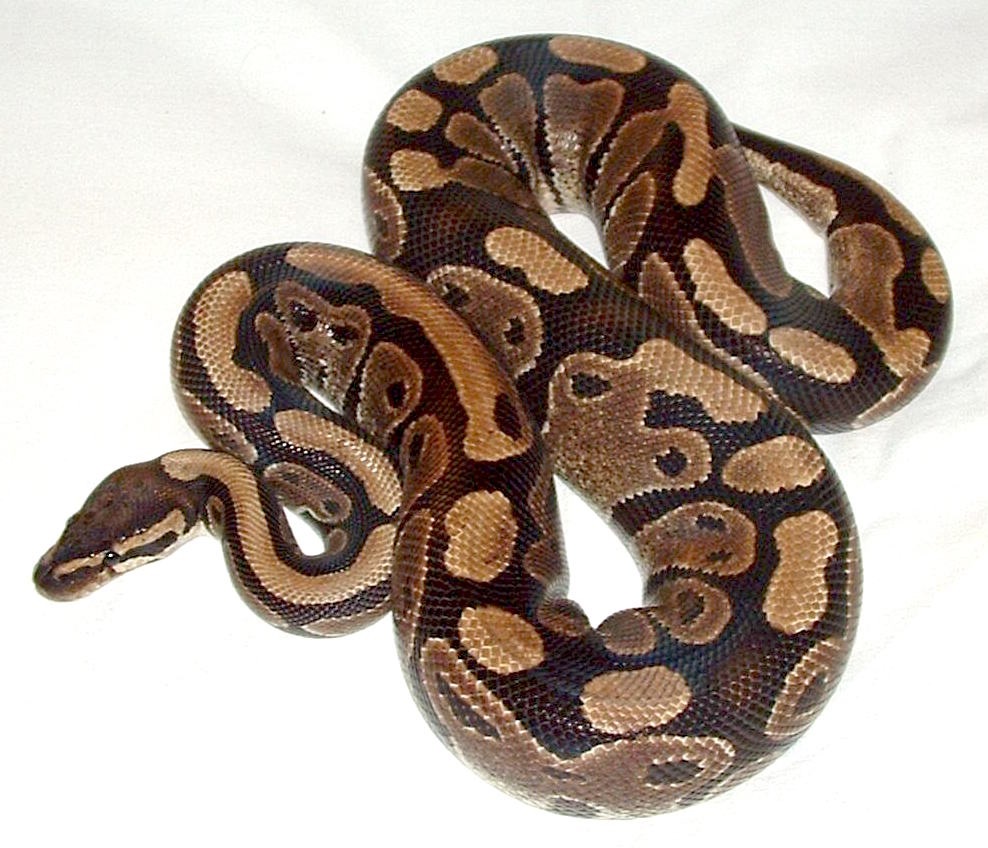
Similar to maintaining the right temperature, humidity is incredibly important for the health and well-being of your ball python. In their natural environment, ball pythons are accustomed to a consistent level of humidity, and replicating this in their habitat helps prevent respiratory issues and aids in shedding.
The ideal humidity range for ball pythons is quite specific: 50% to 60% for day-to-day conditions, but during shedding periods, it should be higher at around 60% to 70%. This seemingly small detail has a significant impact on their health.
Importance of Proper Humidity Levels
Maintaining the correct humidity levels ensures that your ball python remains healthy and avoids potential respiratory infections. The humidity aids in the shedding process, ensuring that your snake can seamlessly shed its skin without any complications.
Maintaining this balance also prevents skin-related issues caused by excessively high or low humidity levels. High humidity can lead to skin infections, while low humidity increases the risk of respiratory problems. It’s essential to understand that slight fluctuations in humidity levels are normal in nature, so striving for an exact percentage isn’t necessary. However, consistently keeping it within the recommended ranges is essential.
Methods to Maintain Humidity
Several methods can regulate and maintain proper humidity levels in your ball python’s enclosure. One effective method is misting, which involves spraying water into the air to increase humidity. This can be a simple way to boost humidity quickly, especially if your enclosure tends to dry out fast.
Using a substrate that retains moisture is another valuable technique. Different substrates have varying abilities to hold moisture, so selecting one that aligns with your snake’s needs is crucial. Cypress mulch, coconut husk, and sphagnum moss are examples of substrates that can help retain moisture.
Placing a water bowl in the habitat is an essential way to maintain adequate humidity levels. As the water slowly evaporates over time, it raises the overall humidity within the enclosure.
In summary, while maintaining the correct temperature is crucial for your ball python’s well-being, ensuring proper humidity levels within their enclosure is equally important. Doing so contributes significantly to their overall health and comfort by preventing respiratory issues and aiding in proper shedding. By employing effective humidifying methods such as misting, substrate selection, and water bowls, you can create an environment that mirrors their natural habitat and promotes a healthy life for your beloved snake.
As we turn our attention towards creating an optimal habitat for ball pythons, let’s explore the essential heating and lighting devices needed to maintain their well-being.
Accurate Heating and Lighting Devices
Proper lighting and heating are critical components in ensuring the well-being and health of your ball python. Just like us, these incredible creatures need the right lighting to regulate their activity. Additionally, they need heat sources that provide warmth without creating unwanted hot spots or temperature fluctuations. Let’s first delve into the crucial aspect of heating devices.
Heating Devices
Selecting the right heating device is paramount in creating a suitable and comfortable environment for your ball python. The goal is to provide a temperature gradient across the enclosure, allowing your snake to thermoregulate effectively. This means offering warmer areas where they can bask and regulate their body temperature, as well as cooler spots to retreat to if they need a break from the heat.
To achieve this, there are various heating options available, such as:
- Under-tank heat mats
- Ceramic heat emitters
- Overhead heating with halogen bulbs
Considering factors such as the size and type of enclosure, the distance to the basking spot, and ambient room temperatures when selecting the appropriate heating element is essential. For instance, larger enclosures may benefit from overhead heating to ensure uniform warmth distribution. Consistency in providing the right temperature gradients promotes healthy thermoregulation, keeping your ball python content.
Now, let’s shift our focus to another vital component—lighting requirements for ball pythons.
Lighting Requirements
Unlike humans, ball pythons are nocturnal creatures and don’t require UVB lighting for survival. However, implementing a regular day/night light cycle can aid in regulating their internal biological rhythms, mirroring their natural habitat conditions.
The absence of UVB lighting does not mean neglecting the significance of providing adequate lighting within their habitat. Opting for full-spectrum LED grow lights or ambient lighting sources can contribute to sustaining a well-lit environment that supports plant life within the enclosure. These lighting sources mimic natural daylight conditions and enhance the overall visual appeal while ensuring optimal visibility for both you and your snake during interactions.
In summary, selecting precise heating devices that promote effective thermoregulation, combined with thoughtfully incorporating suitable lighting requirements, fosters an environment that closely mirrors the natural habitat of your ball python; ultimately contributing to their well-being and contentment.
Understanding how crucial environmental factors are in maintaining a ball python’s well-being lays the foundation for exploring how cold and cool conditions can affect these amazing creatures.
See Related: Are Banana Ball Pythons Poisonous as Pets? Facts and Care Guide
How Cold and Cool Conditions Affect Ball Pythons
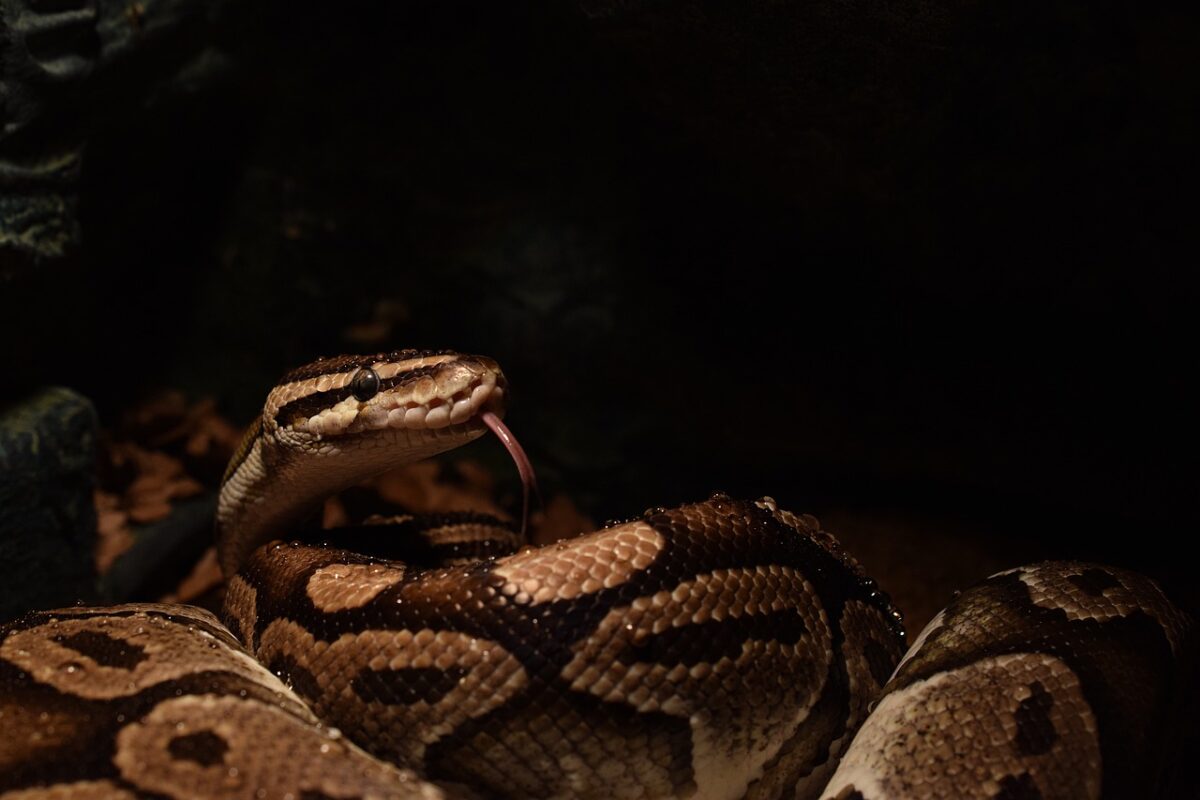
Ball pythons are cold-blooded creatures, meaning they rely on their environment to regulate their body temperature. When temperatures drop below the ideal range, it can have serious consequences for their well-being.
Respiratory Issues: Extended exposure to cold conditions can lead to respiratory infections in ball pythons. Just like humans, reptiles can also catch colds when exposed to chilly temperatures for long periods. Respiratory infections are a common health issue in ball pythons when they’re housed in environments with insufficient heating or during unexpected temperature drops.
Appetite Reduction: When the temperature decreases, ball pythons may experience a decrease in appetite because they rely on warmth to digest food. A drop in temperature can disrupt their metabolism, leading to decreased hunger. If the snake isn’t consuming enough food, it can result in weight loss and other health issues.
Stress: Cold conditions can cause overall stress in ball pythons, weakening their immune systems and making them more susceptible to illnesses and diseases.
It’s important to keep in mind that these effects aren’t just temporary inconveniences for the snake; repeated exposure to cold conditions can lead to severe health problems if not addressed promptly. Respiratory infections, for example, can escalate into more significant health issues if left untreated, potentially leading to chronic illness or even death in extreme cases.
Mitigation Measures
In case of a power outage or an unexpected temperature drop in the enclosure:
- Backup Heat Sources: It’s crucial to have backup heat sources readily available. Portable heaters can provide temporary warmth if the primary heating system fails. Hot water bottles wrapped in towels can also serve as effective emergency heat sources. Placing these warm towels around the enclosure can help maintain a stable temperature and prevent drastic declines due to unforeseen circumstances.
Ensuring that your ball python’s environment remains within the ideal temperature range is a key responsibility for any reptile owner. By understanding the adverse impact of cold conditions and taking proactive measures to mitigate potential risks, you’re safeguarding your snake’s health and ensuring its long-term well-being.
As we continue our exploration into creating the perfect habitat for your ball python, let’s now turn our attention to substrate and terrarium considerations for effective temperature regulation.
Substrate and Terrarium Considerations for Temperature Regulation
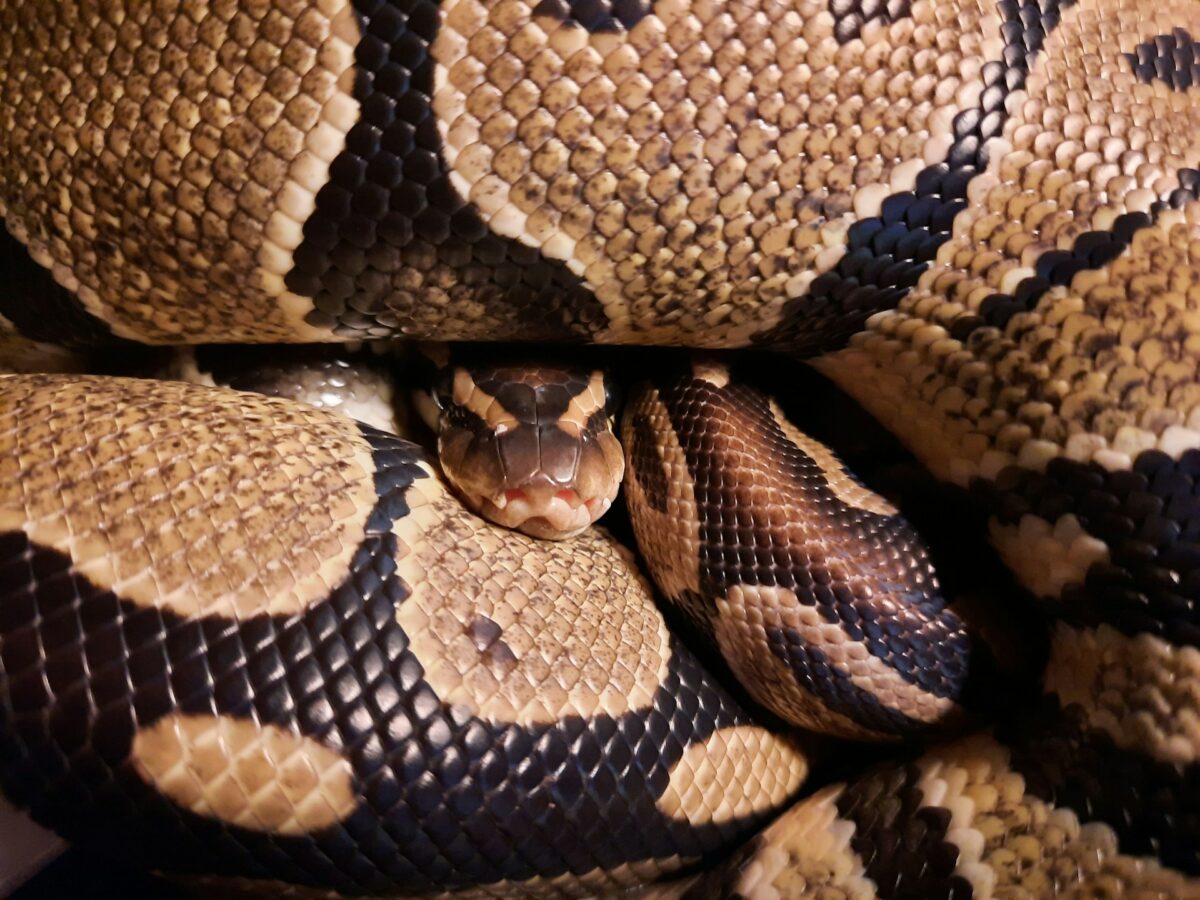
Selecting the right substrate for your ball python’s enclosure is crucial for maintaining the ideal temperature and humidity levels. Popular choices such as cypress mulch and coconut husk are known for their moisture retention and absorption properties, which help regulate humidity without becoming overly damp. These substrates create a comfortable environment for your ball python, mimicking its natural habitat and allowing it to burrow, hide, and regulate its body temperature as needed.
The terrarium design is equally important in maintaining temperature gradients and providing a conducive habitat for your pet. The size and structure of the enclosure play a vital role in temperature management and preventing heat loss. A well-insulated terrarium can help maintain a stable thermal environment, making it easier to regulate both temperature and humidity levels while providing ample space for movement.
For example, imagine being in a room that’s just the right size – not too large or small – where you can move around comfortably without feeling cramped. That’s the kind of environment you want to create for your ball python.
It’s important to ensure that the terrarium has good insulation to prevent heat from escaping, reducing the likelihood of temperature fluctuations that can stress out your snake.
With these substrate and terrarium considerations in place, you’re on track to provide a comfortable and thermally stable environment for your ball python.
Dealing with Unstable Environmental Conditions
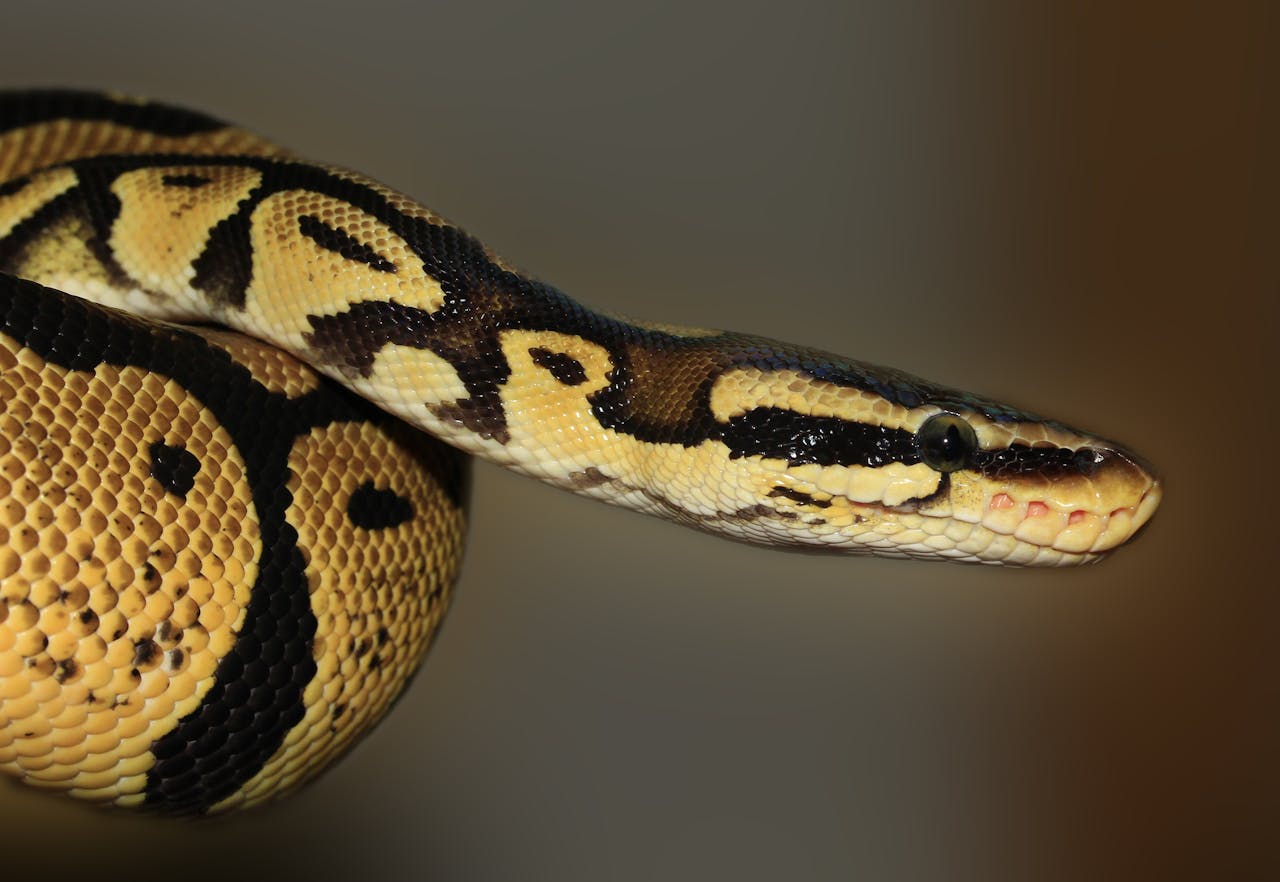
As a responsible ball python owner, it’s essential to be prepared for external factors that can impact the stability of your snake’s environment. Sudden changes in temperature and humidity levels due to weather fluctuations or disruptions in heating equipment can cause stress and health issues for your pet. To combat these challenges, consider incorporating additional measures to maintain a stable environment:
Temperature Control Measures
In the event of unexpected temperature drops, using heating pads or heat lamps placed outside the enclosure can provide supplemental warmth, helping to counteract any temperature fluctuations within the terrarium. By positioning these heating sources strategically, you can create localized warmth zones to ensure that your ball python has access to optimal temperatures despite external variations.
Humidity Regulation Strategies
Fluctuations in humidity levels can also pose a threat to your ball python’s well-being. To address this, consider utilizing additional substrates such as coconut husk or cypress mulch, which have excellent moisture retention properties and can help stabilize humidity levels within the enclosure. Additionally, investing in custom enclosures with improved insulation can serve as a proactive solution, offering better climate control and reducing the impact of external environmental changes on your pet.
However, it’s important to monitor these adjustments closely and ensure that they do not lead to excessive heat or humidity levels within the enclosure. Striking a balance is crucial to prevent any adverse effects on your ball python’s health.
Seeking Expert Advice
While taking proactive measures is vital, seeking professional guidance can provide valuable insights into managing and stabilizing environmental conditions for ball pythons. Consulting with experienced reptile keepers or reptile veterinarians can offer specific strategies tailored to your unique circumstances. These experts can provide personalized advice on mitigating environmental challenges and ensuring the long-term health and well-being of your ball python.
Reptile Keeper Input
Experienced reptile keepers often have firsthand knowledge of managing fluctuations in environmental conditions and can offer practical tips and tricks for maintaining stability within the terrarium. Their insights into troubleshooting common challenges, such as sudden changes in temperature or persistent humidity issues, can prove invaluable in navigating unpredictable environmental factors.
Veterinary Guidance
Moreover, seeking guidance from reputable reptile veterinarians can offer professional perspectives on addressing environmental concerns. Veterinarians specializing in exotic pets, including reptiles, possess a wealth of knowledge regarding best practices for maintaining optimal habitat conditions. They can provide expert guidance on overcoming specific environmental challenges while prioritizing the health and well-being of your ball python.
Ultimately, leveraging professional advice and tapping into the expertise of seasoned reptile enthusiasts and veterinarians grants you access to a wealth of knowledge and practical strategies for effectively managing fluctuating environmental conditions. By integrating their recommendations into your care routine, you can establish a resilient support system for your ball python, ensuring a stable and nurturing habitat for your beloved pet’s growth and well-being.
Taking proactive steps to manage temperature and humidity fluctuations while seeking expert guidance sets the stage for providing a secure and thriving environment for your cherished ball python.
